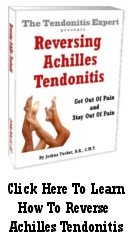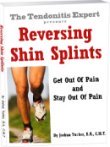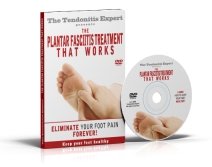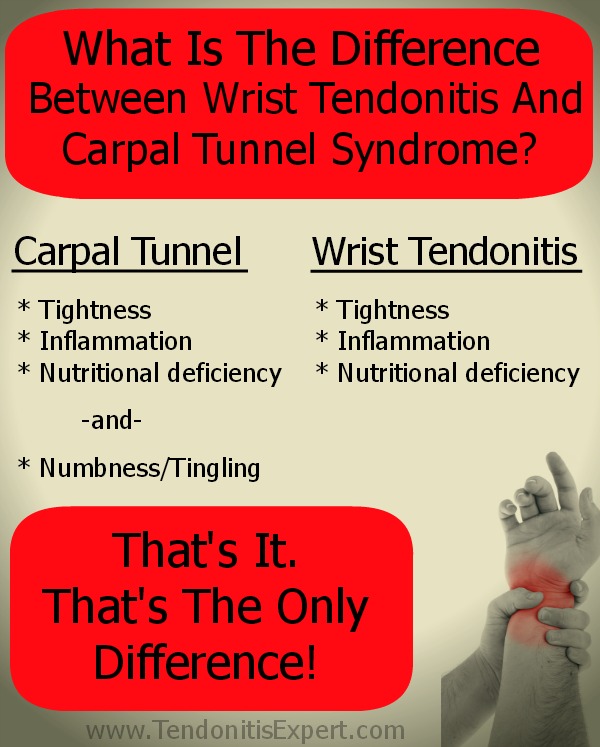Hip Bursitis
Hip Bursitis is a potentially very painful scenario where one or more of the bursa located at the top of the femur.
The bursa is designed to 'pad', cushion, and spunge up friction forces of tendons passing over bone. The bursa is a buffer between tendon and/or muscle, and the bone.
When a tendonitis dynamic makes the tendon put too much pressure on the bursa, the bursa gets irritated and inflammed.
And that makes it VERY painful.
Hip Bursitis Anatomy
The femur is the Longest Bone In Human Body. It's a big, long bone, the 'thigh bone'.
The top of the femur, under the neck and head of the femur (which form the hip joint), is the home of several different bursae:
- Gluteus Medius bursa
- Iliopsoas bursa
- Iliopectineal bursa (the largest)
- Deep trochanteric bursa
- Superficial trochanteric bursa
Some people call all the bursae at the top of the hip Trochanteric Bursa, others identify only the deep and superficial trochanteric bursae with that label.
If you know they're there, and that muscle and tendon sits (heavily) on top of them causing problems, that's all that really matters.
What Causes Hip Bursitis?
If you have a vague knowledge that you have pain and something is wrong in there, that's not a lot to work with.
But if you know that tight muscles in the glutes/butt area get tight and irritate one or more of the bursae they glide over/grind on, that knowledge is power.
When you understand that it's a tight muscle (or more than one) that is grinding on a bursae and making it hurt, then you can begin to understand how to reverse the dynamic.
And it is a dynamic...meaning, multiple factors are involved.
It starts with the Tendonitis dynamic. Which is primarily made up of the Pain Causing Dynamic.
See: What Is Tendonitis?
The Tendonitis and Pain Causing Dynamic is made up of:
- muscle and connective tissue tightness
- Process of Inflammation
- Lack of necessary nutrition
Ultimately, bursitis at the hip (and everywhere else) is caused by tightness.
Tight muscles and connective tissue can and does compress joints (causing the joint lining surfaces to grind on each other).
Tight muscles and connective tissue can and does compress the bursa, and it does not like the torque, tension, and grinding..so it gets very unhappy.
Problems And Symptoms Of Hip Bursitis
Hip Bursitis causes pain.
Ache and pain (mild to debilitating).
Bursitis tends to be symptom-free or close to it....until you move, and then it QUICKLY ramps up to potentialy severe pain.
Ironically that has us want to move less but that immobility helps muscles get even tighter.
Not only does the tightness that causes bursitis cause the bursa to hurt, that tightness is associated with other symptoms (called individual problems by doctors).
And other symptoms can be mistakenly blamed on that bursitis in the hip.
For instance in a study of seventy patients averaging 2 years of age that came in for low back pain and/or suspicion of having a herniated disk, only five of the 70 had actual disk problems.
But 31 actually had trochanteric bursitis and 21 of those had lumbosacral strain and lumbar osteoarthrosis.
So of 70 people with back pain complaints, almost half had trochanteric bursitis.
The reality is they ALL had too tight muscle and connective tissue in their back and hips, and that tightness reduces range of motion, compresses joints (which causes all sorts of problem like degenerative disk disease and degenerative joint disease).
And when things get tight, bursitis progressing at the hip is pretty common.
The above study also 'reconfirmed' the association of hip bursitis with hip disease and leg length discrepencies.
Which is no surprise, as muscle tightness compresses the hip joint (hip disease) and pulls the pelvic bones out of alignment (causing differences in 'leg length').
So, What Are Hip Bursitis Symptoms?
Hip bursitis symptoms consist of:
- ache in the hip area
- pain in the hip area (mild to debilitating)
- change in gait/stride
- reduce range of motion
- Hip Pain When Sitting
- Hip Pain While Sleeping
- Hip Pain From Running
Friends of Hip Bursitis (they rarely travel alone):
- Hip tendonitis
- Degenerative bone/joint disease of the hip joint
- Difference in 'leg length' (the length is the same but the pelvis attachment goes up and/or down in comparison to the other side)
- Hip Osteoarthritis
Hip Bursitis Treatment
Rest, anti-inflammatory meds, and corticosteroid injections are the most common and first round of 'defense' against hip bursitis symptoms.
Unfortunately, they don't work.
Rest will not fix anything. As soon as you become active again it's most likely going to hurt (because rest doesn't reverse the three main factors, they are still in place as you rest).
Rest -really- isn't a treatment, it just reduces new irritation into an already irritated dynamic.
Same with Anti-inflammatory drugs like Ibuprofen. It's fine to help you get through the day but is in no way a fix (and really shouldn't be called a 'treatment').
The most medical first line of defense against bursitis in the hip is a Corticosteroid Injection.
Research overwhelmingly shows that corticosteroid injections of inflammed hip bursa 'reduce symptoms'.
Some research quantifies that by 'how much', but far too many leave it at a vague 'better'.
Better is great, but how much better? If it's not a big long term benefit or a fix...is it really worth the downsides of corticosteroids mechanism of weakening connective tissue? How is that good for a bursa?
Unfortunately, research does not show that injections are a 'fix'.
Sorry, there is no magic bullet!
And that includes surgery. If your doctor wants to perform hip surgery for the bursitis, ask him or her the following questions: Quiz Your Doctor
Possible results from a corticosteroid injection:
- temporary decrease in symptoms (a tiny bit, or a lot)
- spiked increase in symptoms
- No change either way
Each of those of course have a range/variety of outcomes.
Hip bursitis is caused by multiple factors. It's good to knock down inflammation pain pain with a steroid injection, but that in no way fixes the problem. It can't.
Multiple factors are at play and at best injections address only one of them: Inflamation (which causes swelling of the bursa and surrounding tissue, and pain)
If you want to 'fix' a hip bursitis issue, you have to address all the factors (tightness, inflammation, lack of necessary nutrition.
Return to the top of this Hip Bursitis page.
Go to the main Hip Pain page.
Go to the www.TendonitisExpert.com homepage.
| Share Your Story
|




